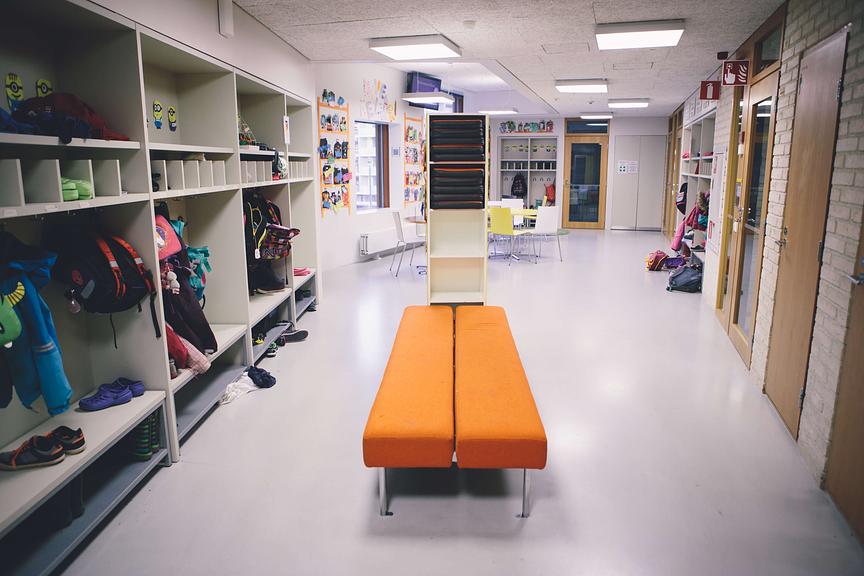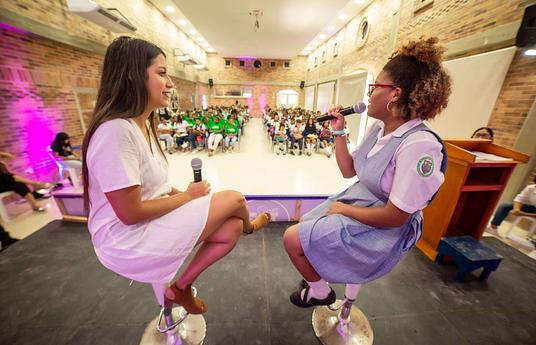The Saunalahti model is based on a personalized learning plan that is designed with the guardians. Their goals are set according to their strengths, skill-level defined by a special-needs teacher as well as their own interests. These goals are also founded on the curriculum's objectives and modified to fit each child.
When students are engaged in setting goals for themselves, they engage in working towards them and they gain agency over their education. The goals are founded in the student's skill-level and progress in studies charted in regular meetings with a team of special-needs teachers. The teachers, however, also assess the student's need for support and a general need for flexible learning groups during these meetings.
Learning is personalized but still collaborative and, above all, child-focused. The model is focused on children's comprehensive wellbeing and seamless multiprofessional collaboration on a daily basis that engages also the guardians. The children's whole developmental community works together to support their wellbeing, personal growth, development and learning. This sets the stage for the joy of learning both for the children and adults – together.
The model requires strong, collaborative pedagogical leadership and a framework that supports it. Teacher teams that encourage collaborative planning and assessment of learning processes illustrate these aspects well. When the framework is founded on participation, everyone at the school can feel like they are heard and seen and this creates an environment where anyone can make a difference.
The planning process allows you to direct resources at children in need right when they are needed. The goal is for every student to find their own, diverse methods to work and learn.
These eight steps illustrate how to build a school community that supports personalized learning and what you should note when creating a personalized learning path.



